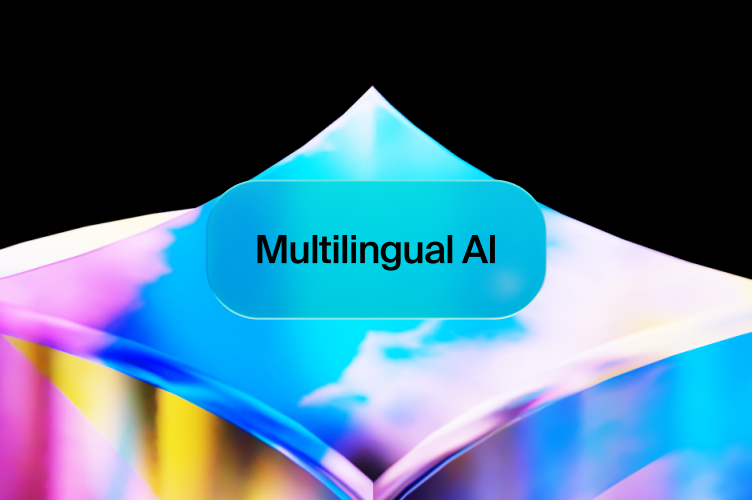Blog
Gladia
Newsletter
Become the Speech AI expert in your organization with content from Gladia right in your inbox, no more than twice a month.
Thank you! Your submission has been received!
Oops! Something went wrong while submitting the form.
By continuing your navigation, you apply the use of cookies intended to improve the performance and the functionalities of this site.




.png)




